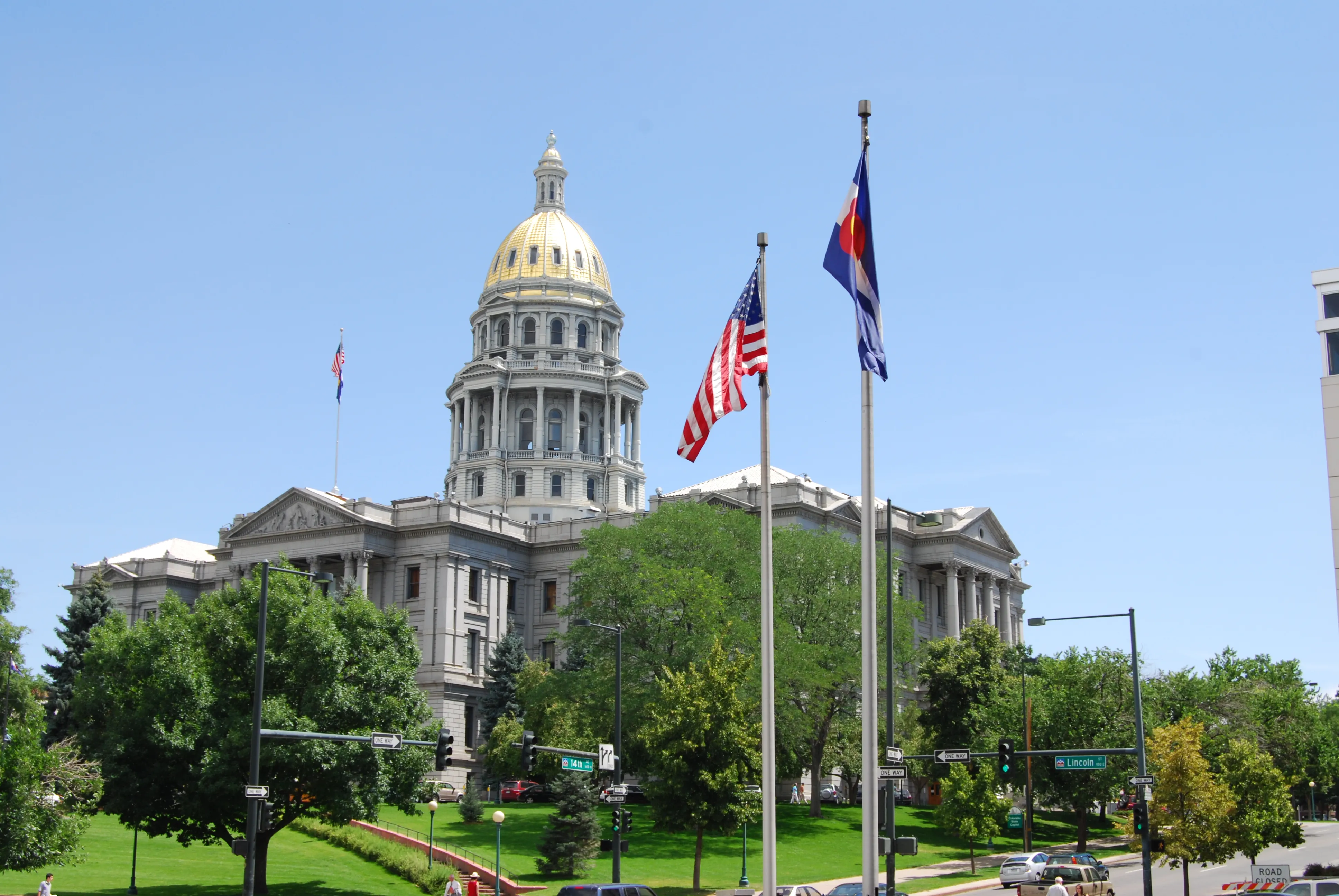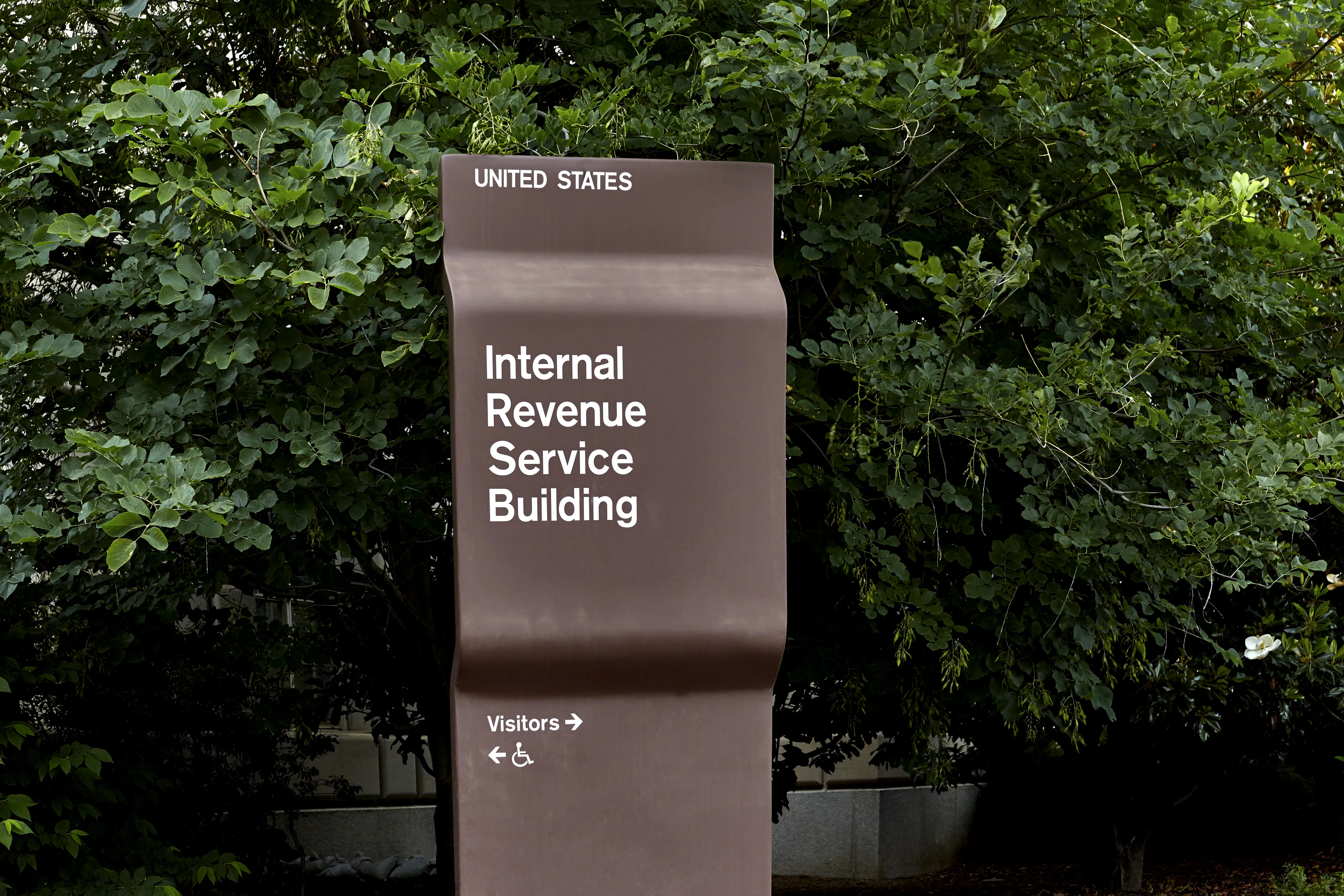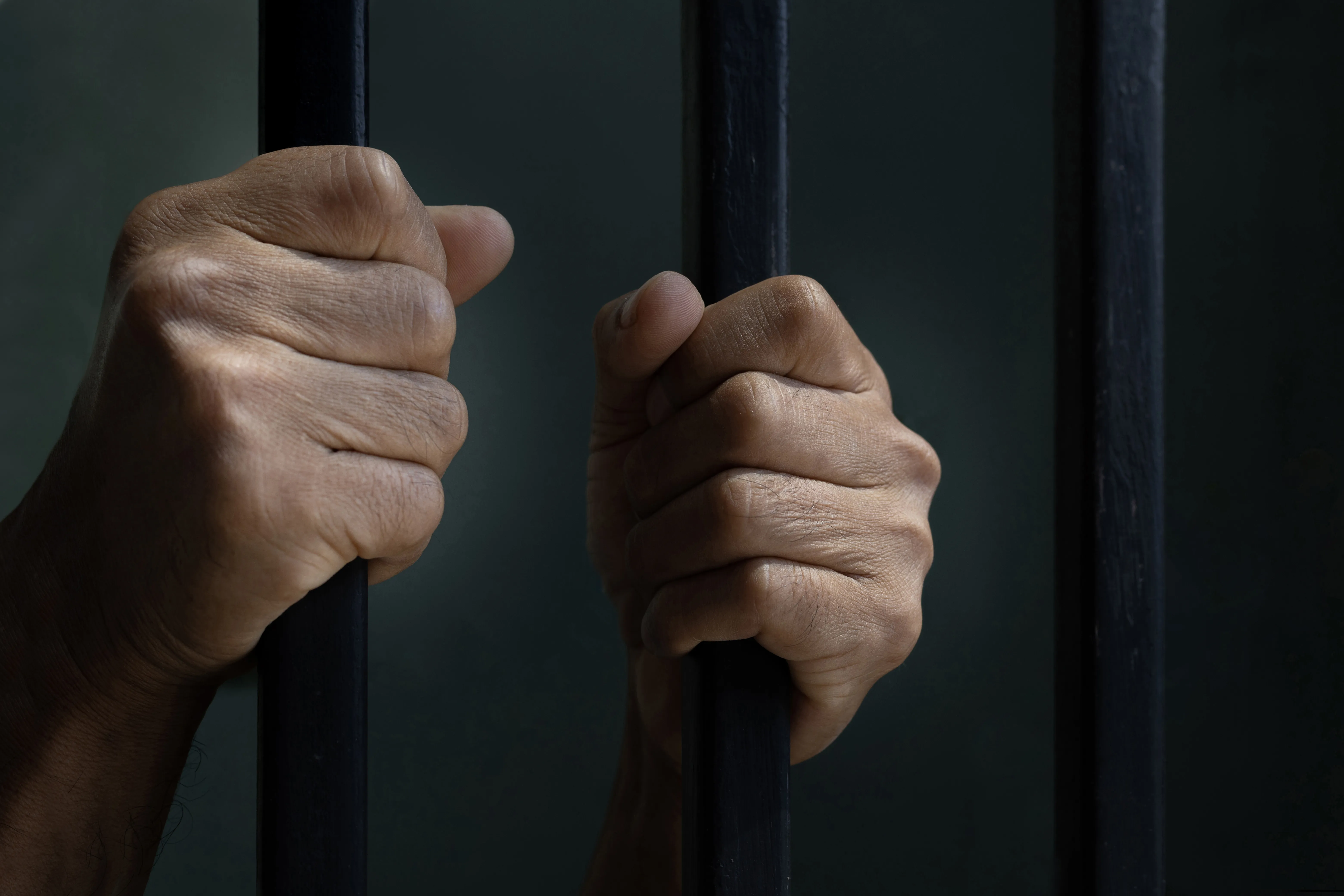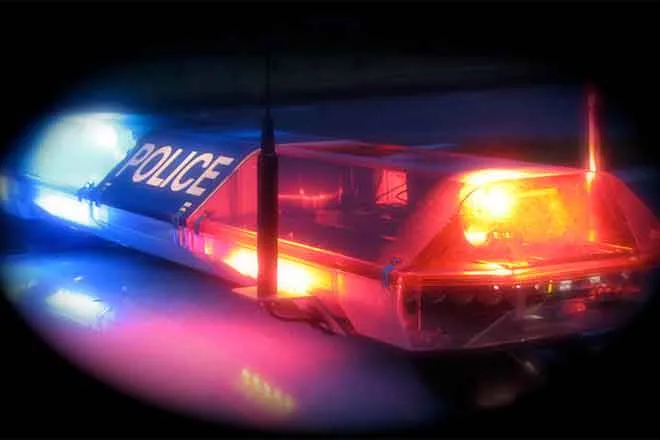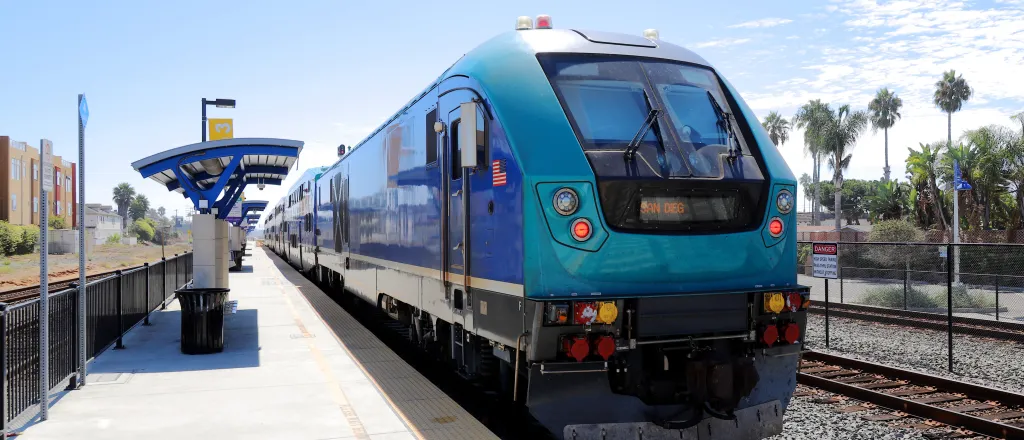
Tax measure for Front Range passenger rail won’t go to Colorado voters in 2024
© Laser1987 iStock-1429700908
(Colorado Newsline) Colorado voters along the Front Range won’t be asked this year to approve a sales tax measure funding the state’s efforts to restore passenger rail service between Fort Collins and Pueblo.
The Front Range Passenger Rail District’s board of directors voted unanimously on Friday to approve a plan that will see the district continue planning and strategizing with the intent of referring a tax measure to voters in 2026.
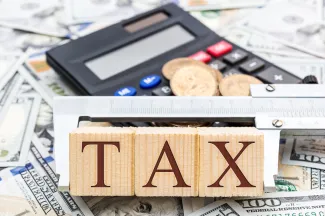
© iStock - Ligorko
The decision, which confirms a recommendation made by the board’s executive committee last week, follows months of deliberations over ballot timing and increasingly vocal support for the project by Democratic Governor Jared Polis and top officials in his administration. State leaders had initially weighed the advantages of fast-tracking a ballot measure in a higher-turnout presidential election year — and potentially shoring up Colorado’s chances to win its share of a shrinking pot of federal passenger rail grants authorized by a 2021 infrastructure law.
But concerns over how voters might respond to a FRPR proposal that hasn’t yet settled on many key details of the planned service — from precise estimates of capital and operational costs to station locations and frequency of trains — ultimately led officials to take a 2024 ballot measure off the table. District board chair Chris Nevitt, a transportation manager for the City and County of Denver, said the process showed a “combination of both guts and wisdom.”
“We’ve looked at the things we don’t know, and have expressed a willingness to do the scary thing, the gutsy thing,” Nevitt said during Friday’s board meeting. “And at the end of the day, I think this board and staff have also shown a lot of wisdom — that in the final analysis, it does make more sense to wait, to be better prepared to go in 2026.”
Created by the Legislature in 2021, the FRPR board is made up of appointees from communities across the district, which encompasses all or part of 13 counties along the Interstate 25 corridor. Most of the funding required to build and operate the service — at a total cost of between $2 and $6 billion, officials have said — is likely to come from a district-wide sales tax hike of around 0.2 percent. Polling conducted on the district’s behalf earlier this year showed strong support for such a measure.
“We believe voter support will grow as we continue to demonstrate the strength and rigor of the financial plan, collaborate with local governments for the nine station locations and engage with stakeholders,” FRPR general manager Andy Karsian said in a statement Friday. “Going to the ballot in 2026 allows for the necessary time needed to accomplish this.”
A phased approach?
Even without a FRPR tax measure before 2026, work will continue on a plan hatched by top state officials to establish a “starter service” of several trains per day operating between Fort Collins and Denver before 2030 — a hybrid of sorts between FRPR and the Regional Transportation District’s long-delayed B Line to Boulder and Longmont.

© iStock - den-belitsky
Some initial funding for that effort could come from new transit fees passed by lawmakers during the 2024 legislative session. And officials hope that by qualifying for federal intercity rail grants, the starter service — which may be operated by the FRPR district, RTD or a “separate legal entity” — could serve as a catalyst for the completion of both Front Range rail and the B Line within the shared corridor.
But that plan has caused unease among some community leaders and transit advocates, who worry about how the public might perceive efforts to prioritize the northern portion of the project over the southern leg, and an initial level of service that may fall well short of riders’ expectations.
“When you talk to the average voter and you tell them, hey, we’re spending a lot of money — billions and billions of dollars — to build a train along the Front Range that will connect Denver and Colorado Springs, what they don’t expect is three trains in the morning, and three trains in the evening,” said Brett Paglieri, a transit advocate and candidate for RTD’s board of directors, during public comment at Friday’s meeting. “What they expect is maybe a train every half an hour, or maybe a train every hour.”
Advocates with the group Greater Denver Transit told board members that they support the decision to wait until 2026 to refer a tax measure to the ballot, but in the meantime urged FRPR and the Colorado Department of Transportation to make the service’s planning process more transparent, and potentially broaden the scope of the alternatives being studied. That could include a larger sales tax increase that would allow FRPR to acquire or build dedicated tracks along more parts of the route, reducing conflicts with freight traffic that may limit passenger service.
In other parts of the country, passenger rail projects that have started small as part of a phased or incremental approach have often ended up experiencing “decades of stagnation,” said Greater Denver Transit cofounder James Flattum.
“Our group is convinced that not only is securing dedicated tracks possible on the corridor’s shared right-of-way … but eminently necessary to accommodate frequent and reliable service,” Flattum said.
Colorado Newsline is part of States Newsroom, a nonprofit news network supported by grants and a coalition of donors as a 501c(3) public charity. Colorado Newsline maintains editorial independence. Contact Editor Quentin Young for questions: info@coloradonewsline.com. Follow Colorado Newsline on Facebook and Twitter.






